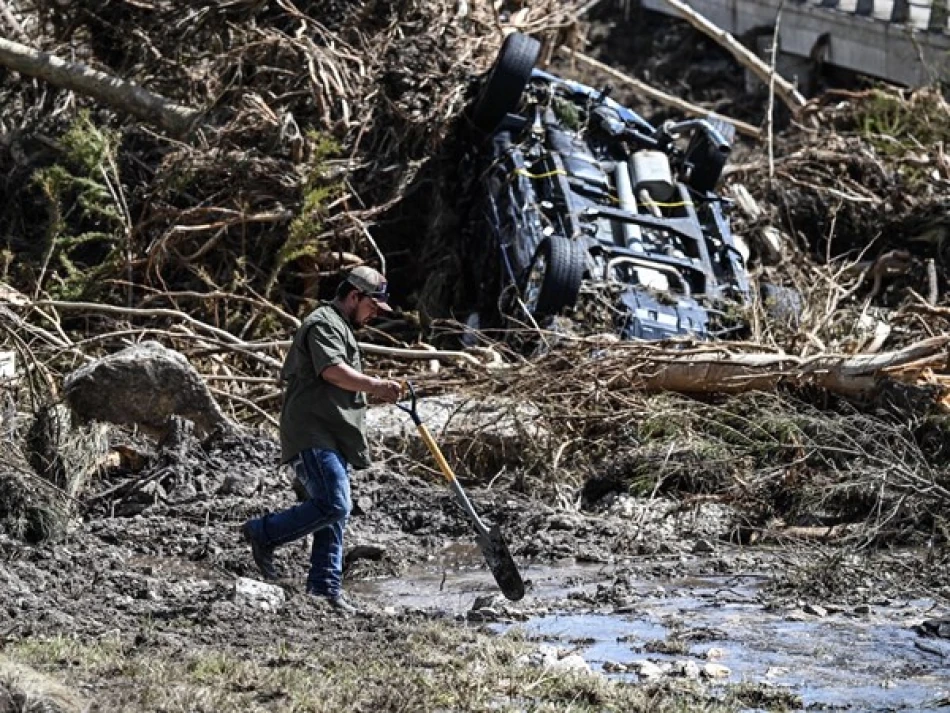
Deadly Texas Floods Surge as Fresh Storms Loom: Brace for Impending Weather Chaos
Texas Storm Death Toll Climbs to 131 as State Braces for More Flooding
Texas faces a mounting crisis as the official death toll from devastating storms reaches 131, with authorities warning of renewed heavy rainfall just 10 days after flash floods ravaged the Hill Country region. The escalating casualty count underscores the severity of what may become one of the deadliest weather events in recent Texas history, while meteorologists predict another dangerous round of flooding across central Texas.
Casualty Numbers Continue to Rise
Governor Greg Abbott announced Monday that storms have claimed at least 131 lives statewide since July 4th, marking an increase from the 120 fatalities reported Friday. The majority of deaths occurred in and around Kerrville, a popular tourist destination in the Texas Hill Country known for its rivers and outdoor recreation.
The missing persons count offers a glimmer of hope amid the tragedy, dropping to 97 individuals in the greater Kerrville area from more than 160 reported missing last week. This reduction suggests either successful rescues or improved communication with displaced residents, though dozens of families remain in agonizing uncertainty.
Weather Threat Intensifies
The National Weather Service has issued flood warnings through Tuesday morning, predicting heavy rainfall across a broad swath of central Texas stretching from the Rio Grande eastward to San Antonio and Austin. This timing is particularly concerning given the region's already saturated soil conditions and damaged infrastructure from the previous storms.
Hill Country Vulnerability
The Hill Country's geography makes it especially susceptible to flash flooding. The region's rocky terrain and steep slopes create rapid runoff during heavy rains, transforming normally placid creeks into torrential death traps within minutes. Popular swimming holes and camping areas that attract thousands of visitors during summer months become particularly dangerous during storm events.
Historical Context and Climate Patterns
This disaster follows a pattern of increasingly severe weather events across Texas in recent years. The state has experienced multiple billion-dollar weather disasters annually, from Hurricane Harvey's unprecedented flooding in 2017 to the deadly winter storm Uri in 2021. Climate scientists point to warming temperatures in the Gulf of Mexico as a factor in more intense precipitation events.
The timing of these storms during peak summer tourism season has amplified the human toll. Many victims were likely visitors unfamiliar with the area's flash flood risks, highlighting the need for better public education and warning systems in recreational areas.
Economic and Infrastructure Impact
Beyond the human tragedy, the storms threaten significant economic disruption to Texas's tourism industry and agricultural sector. The Hill Country generates hundreds of millions in tourism revenue annually, with many businesses now facing extended closures and reconstruction costs.
Infrastructure damage appears extensive, with roads, bridges, and utilities requiring substantial repair. The state's emergency response costs will likely reach hundreds of millions of dollars, adding pressure to Texas's disaster relief funds already strained by frequent extreme weather events.
Looking Ahead
As Texas confronts this immediate crisis, the event underscores broader questions about disaster preparedness and climate adaptation. The state's rapid population growth has placed more people in flood-prone areas, while aging infrastructure struggles to handle increasingly extreme weather patterns.
The coming days will test Texas's emergency response capabilities as authorities work to locate remaining missing persons while preparing for potentially dangerous new rainfall. The tragedy serves as a stark reminder of nature's power and the critical importance of heeding weather warnings in an era of climate extremes.
Most Viewed News

 Layla Al Mansoori
Layla Al Mansoori






